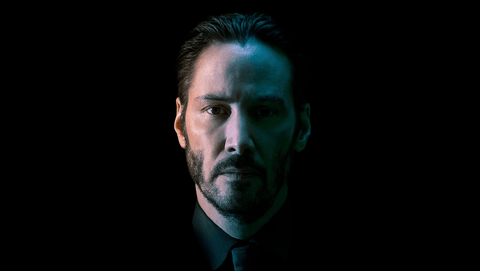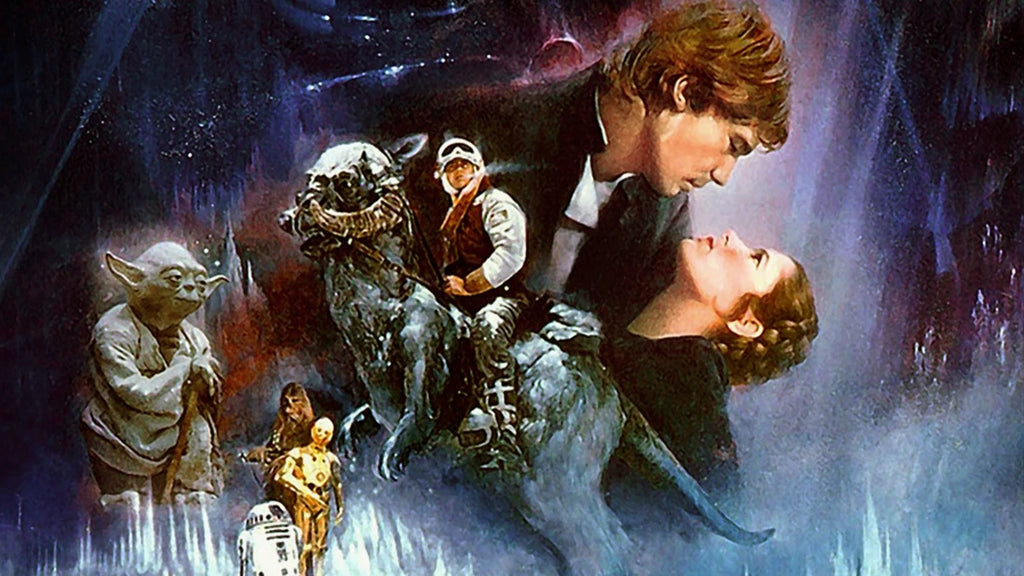
Roger Karl Kastel was born in White Plains, New York on 11th June 1931. Both parents painted and perhaps inevitably, their son developed a keen interest in art, picking up a pencil and paper whenever he could.
After serving in the Navy during the Korean War (1950 – 1953), the young Kastel returned to New York and began a career as a commercial illustrator, working during the day and studying at The Art Students League in the evenings.
His first book cover was published in the 1960’s and by the 1970’s he was working for every major publisher in New York, producing covers for John Steinbeck’s East of Eden, H.G. Wells’ The Invisible Man and Jackie Collins’ Hollywood Wives.
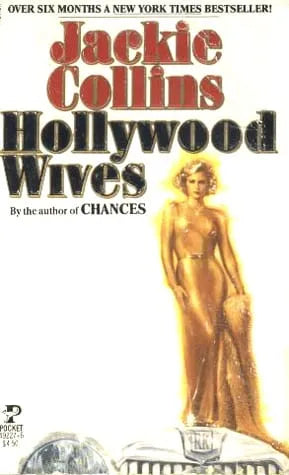 |
 |
 |
Roger estimated that he had completed over a thousand illustrations and there is at least one that we all know.
Peter Bradford Benchley's long-held fascination with sharks was fuelled by fishing trips with his father off the Atlantic Coast of Nantucket. In 1971, publishers Doubleday commissioned the struggling writer to produce the first 100 pages of a novel based on a shark terrorising a U.S. beach resort. After numerous rewrites and revisions, the finished manuscript was delivered in January 1973. The only thing missing? A title.
The Stillness in the Water and Leviathan Rising were considered, as were The Jaws of Death and The Jaws of Leviathan. Over a hundred ideas were discarded and twenty minutes before the first run of the book, they still hadn’t settled on one.
The Jaws 30th Anniversary DVD recalls that Benchley and his editor considered the problem in a New York restaurant, “Call the book Jaws.”, "What does it mean?", "I don't know, but it's short; it fits on a jacket, and it may work."
The initial hard-back book cover said simply “JAWS – A Novel”, but editor Oscar Dystel said it was so vague "... it could have been a title about dentistry" and turned to artist Paul Bacon. His illustration appeared on the book's first edition and features the familiar motif of a rising shark and a lone female swimmer, but it is not the illustration that we all know.

Released in February 1974, Benchley’s novel became a smash hit, staying on The New York Times bestseller list for forty-four weeks and selling 125,000 copies. Bantam Books bought the paperback rights for more than $0.5 million.
Dystel still wasn’t happy with the cover (it had been commented that the shark “looked like a penis with teeth”) and approached Roger Kastel to rework the idea. Kastel visited New York’s Natural History Museum and after a photoshoot asked a Good Housekeeping model to lie on a stool and do the front crawl. The resultant paperback cover was terrifying.
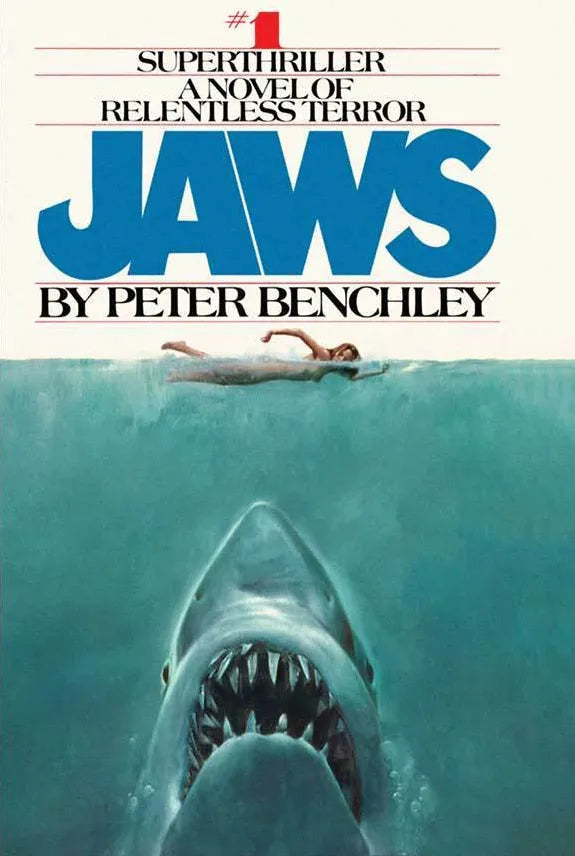
It was so good, that Universal Studios adopted it as the poster for Stephen Spielberg’s movie adaptation. Instantly recognisable, it has been used as the key art for every subsequent release of the film. It is, truly iconic.

It isn’t Roger Kastel’s only influential movie poster. In addition to posters for 1967’s Doctor Faustus and 1978’s The Great Train Robbery, he produced one of the great Star Wars posters, the 'Gone With The Wind' style poster for 1980’s The Empire Strikes Back.
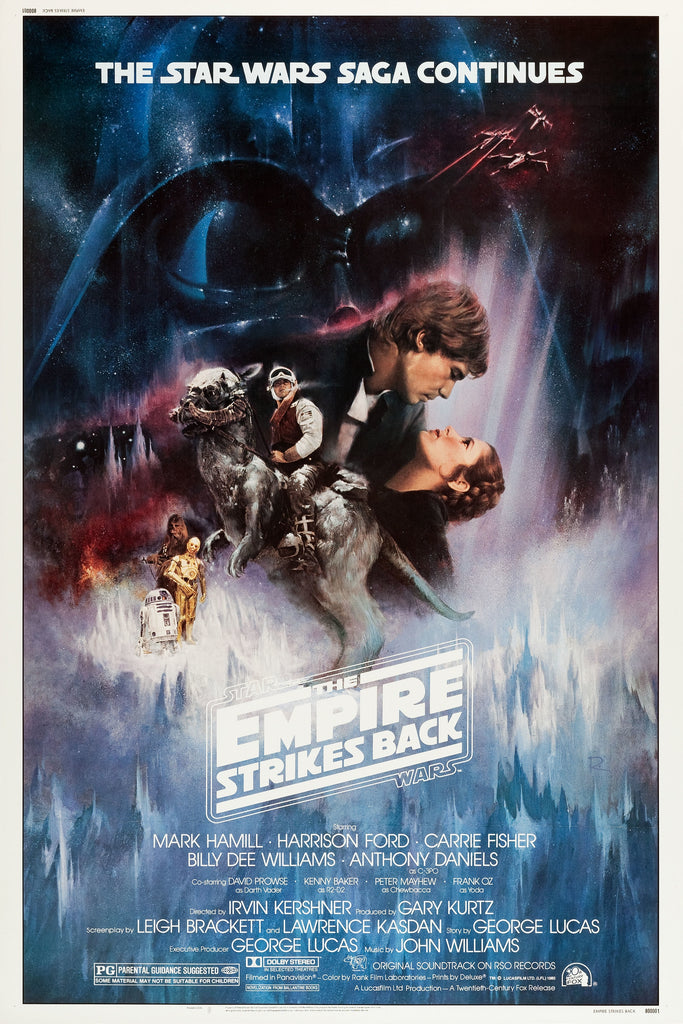
Widely recognised in print and press, Kastel was also a member of the Artists Fellowship, the Kent Art Association and the Portrait Society.
Roger Karl Kastel (1931 – 2023) is survived by his wife, Grace, their son Matthew and daughter Beth.
You can find out more about Roget Kastel at his official website.

Artist Roger Kastel, image courtesy of Illustration Magazine.




